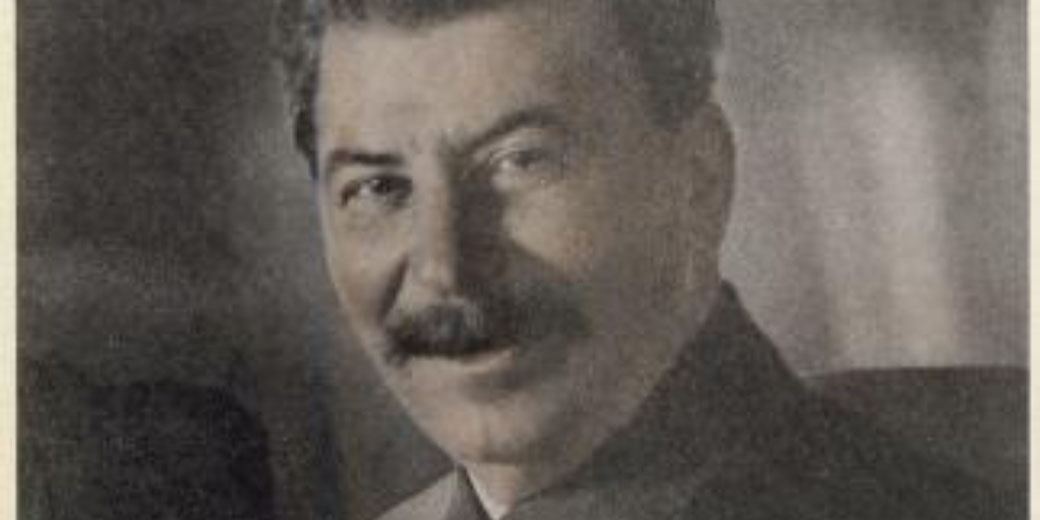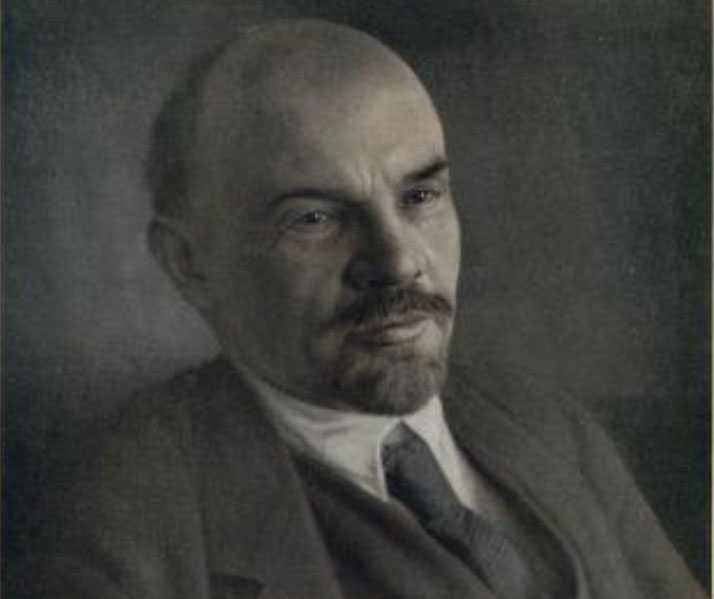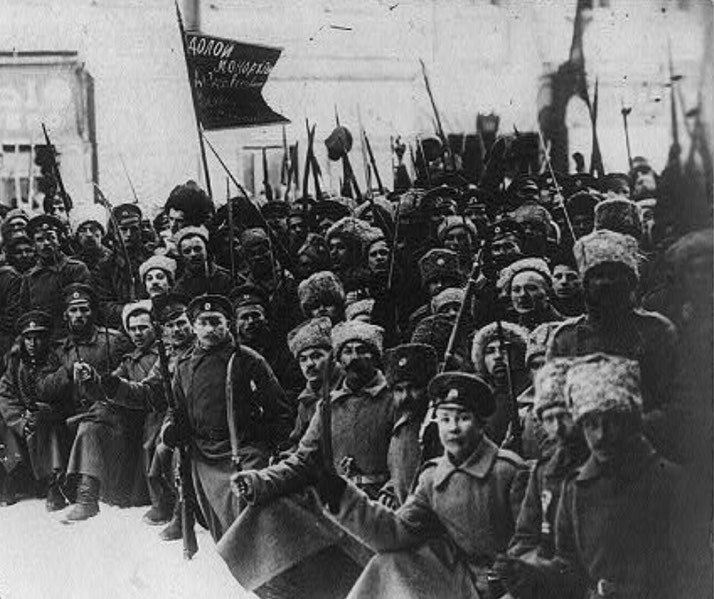The unseen side of Stalin: His life before power

Joseph Stalin is famous for being the iron-fisted rule of the Soviet Union. His ruthless hold on power through political manipulation and bloody purges both traumatized and transformed Russia.
Yet, the man who would become one of the most powerful figures of his time did not emerge fully formed from history.
His long path to power was a complex journey, shaped by deeply personal experiences and powerful political events.
His family and early years
Joseph Stalin was born on December 18, 1878, in the small town of Gori, Georgia, which was then part of the Russian Empire.
His original name was Ioseb Besarionis dzе Jughashvili and he was the third child of Besarion Jughashvili, a cobbler, and Ekaterine Geladze, a housemaid.
His two older siblings died in infancy, which left him as the sole surviving child.
Stalin's family was relatively poor, and all lived together in a single room in a rundown house.
It is said that Stalin's father, Besarion, was a violent alcoholic who frequently beat his wife and son.
However, his mother, Ekaterine, also known as Keke, was deeply religious woman who dreamed of a better life for her son that the one they were leading.
Unfortunately, the young Stalin struggled with a number of health issues. At the age of seven, he contracted smallpox, which left him with noticeable facial scars.
Later, he was also involved in a carriage accident that resulted in a lifelong physical impairment - his left arm was shorter than his right and permanently stiff.
Many later commentators believe that these physical attributes would later contribute to his sense of insecurity.
His experiences at school
Stalin's formal education began at the age of nine when he enrolled in the Gori Church School.
This was a small institution run by the Russian Orthodox Church. Despite his impoverished background, Stalin proved to be a very capable student.
In fact, he excelled in his studies, particularly in languages; he learned to read and write in both Georgian and Russian.
Following this, he achieved a scholarship to the Tiflis Theological Seminary, which was a prestigious institution in the city of Tbilisi, the capital of Georgia.
At this seminary, Stalin continued to distinguish himself academically. However, during his studies, he gradually became disillusioned with the institution's strict rules and religious dogma.
Stalin's political awakening
Interestingly enough, the Tiflis Theological Seminary, despite its religious nature, was a hotbed of clandestine revolutionary activity.
Often, its students embraced alternative ideologies, and Marxism was particularly appealing due to its critique of social inequality and its promise of a workers' paradise.
Stalin himself was introduced to these revolutionary ideas through forbidden literature, including works by Karl Marx and Vladimir Lenin, which were secretly circulated among the students.
He was particularly drawn to the writings of Lenin, whose critique of the Tsarist regime resonated with his own experiences of poverty and social injustice.
This exposure sparked his interest in revolutionary activism.
Early political involvement
Stalin's rebellious attitude and involvement in revolutionary activities eventually led to his expulsion from the seminary in 1899.
Following his expulsion, Stalin fully immersed himself in the revolutionary movement.
He started working as a clerk at the Tiflis Observatory, but his primary focus was on his political activities.
He joined the Russian Social Democratic Labour Party (RSDLP) in 1901. Here he aligned himself with the party's more radical faction, the Bolsheviks, which was led by Vladimir Lenin.
Stalin's early political activities mainly involved organizing strikes and demonstrations, distributing propaganda, and raising funds for the Bolshevik cause.
He quickly gained a reputation for his organizational skills and pragmatic approach to completing his tasks.
As a result, he quickly became noticed by the party's leadership.

Imprisonments and exile
Also though, Stalin's revolutionary activities did not go unnoticed by the Tsarist authorities.
His subversive activities led to his first arrest in 1902. This would only be the first of a series of imprisonments and exiles during his early political career.
Over the next fifteen years, Stalin was arrested multiple times by the Tsarist secret police.
Each arrest was followed by a period of exile in Siberia, which is where the Tsarist regime preferred to send political dissidents.
In the face of these particularly harsh conditions, Stalin managed to escape from exile multiple times.
These periods of imprisonment exposed Stalin to the brutalities of the Russian penal system and the harsh realities of life in Siberia.
These experiences that would later influence his own methods of dealing with political dissent.
World War I and the Russian Revolution
The outbreak of World War I in 1914 exacerbated social and economic tensions within Russia, which created a fertile ground for revolutionary ideas.
As a member of the Bolshevik Party's Central Committee, Stalin played a key role in formulating the party's position on the war and in mobilizing support for the revolution.
Stalin, like many other Bolsheviks, viewed the war as an imperialist conflict that only served the interests of the bourgeoisie at the expense of the poor working class.
In particular, he advocated for a "revolutionary defeatist" position. This argued that a defeat for the Tsarist regime would hasten the onset of a socialist revolution in Russia.
Through articles in Pravda and other Bolshevik publications, he worked to spread this message and to rally the working class against the war.
Then, the Russian Revolution broke out in February 1917 with a series of mass protests in Petrograd (now Saint Petersburg).
This culminated in the abdication of Tsar Nicholas II. Stalin, who had been in exile in Siberia at the time, returned to Petrograd in March and immediately threw himself into the revolutionary activities.
He resumed his work at Pravda and was elected to the Bolshevik Party's Central Committee.
The October Revolution, which was the culminating moment when the Bolsheviks seized power, took place later that year.
However, Stalin was not a prominent figure in the events of the October Revolution, but he played a crucial behind-the-scenes role.
As a member of the party's Central Committee, he was involved in planning the insurrection and in the subsequent consolidation of Bolshevik power.

How Stalin rose to power
Following the October Revolution in 1917, Stalin was appointed People's Commissar for Nationalities' Affairs.
This was a significant promotion for him and gave him substantial power for the first time.
The role involved managing relations between the various socialist republics. This position allowed him the ability to build alliances and establish a power base within the party.
Stalin's ascent to the top of the Soviet leadership, however, truly began following the death of Vladimir Lenin in 1924.
Lenin, shortly before his death, had expressed concerns about Stalin's growing power and suggested that he should be removed from his position as General Secretary of the Communist Party, a role he had assumed in 1922.
Despite this, Stalin aligned himself with key figures within the party by marginalizing his rivals.
One of Stalin's main rivals for leadership was Leon Trotsky, a prominent Bolshevik leader and close ally of Lenin.
Stalin managed to outmaneuver Trotsky through a series of political alliances.
Eventually, Trotsky was expelled from the party in 1927 and then exiled in 1929.
So, by the late 1920s, Stalin had effectively become the undisputed leader of the Soviet Union.
He had managed to consolidate his power by controlling the party's bureaucracy, by building alliances with key figures within the party, and by eliminating potential rivals.
What do you need help with?
Download ready-to-use digital learning resources
Copyright © History Skills 2014-2025.
Contact via email
With the exception of links to external sites, some historical sources and extracts from specific publications, all content on this website is copyrighted by History Skills. This content may not be copied, republished or redistributed without written permission from the website creator. Please use the Contact page to obtain relevant permission.





